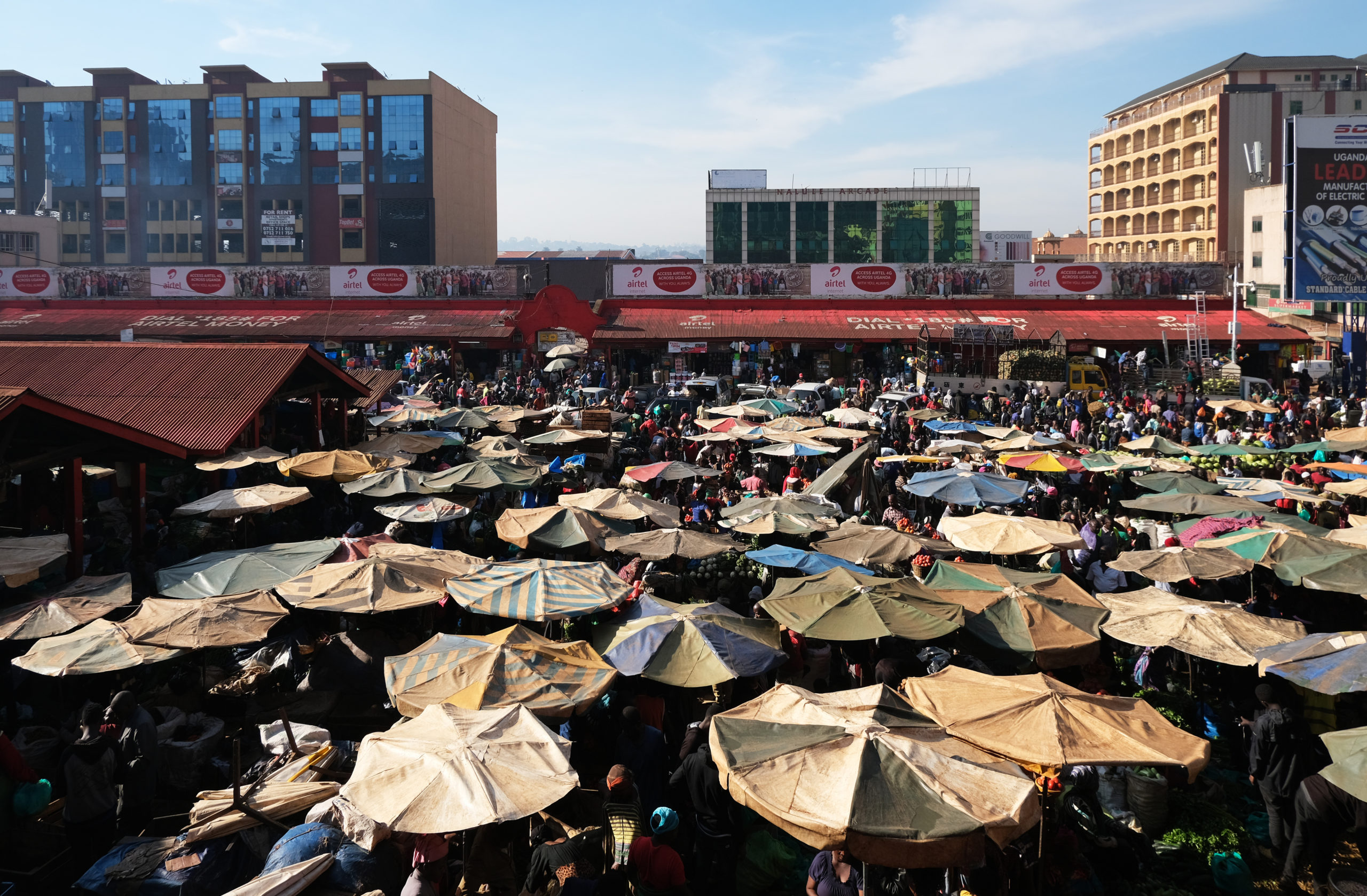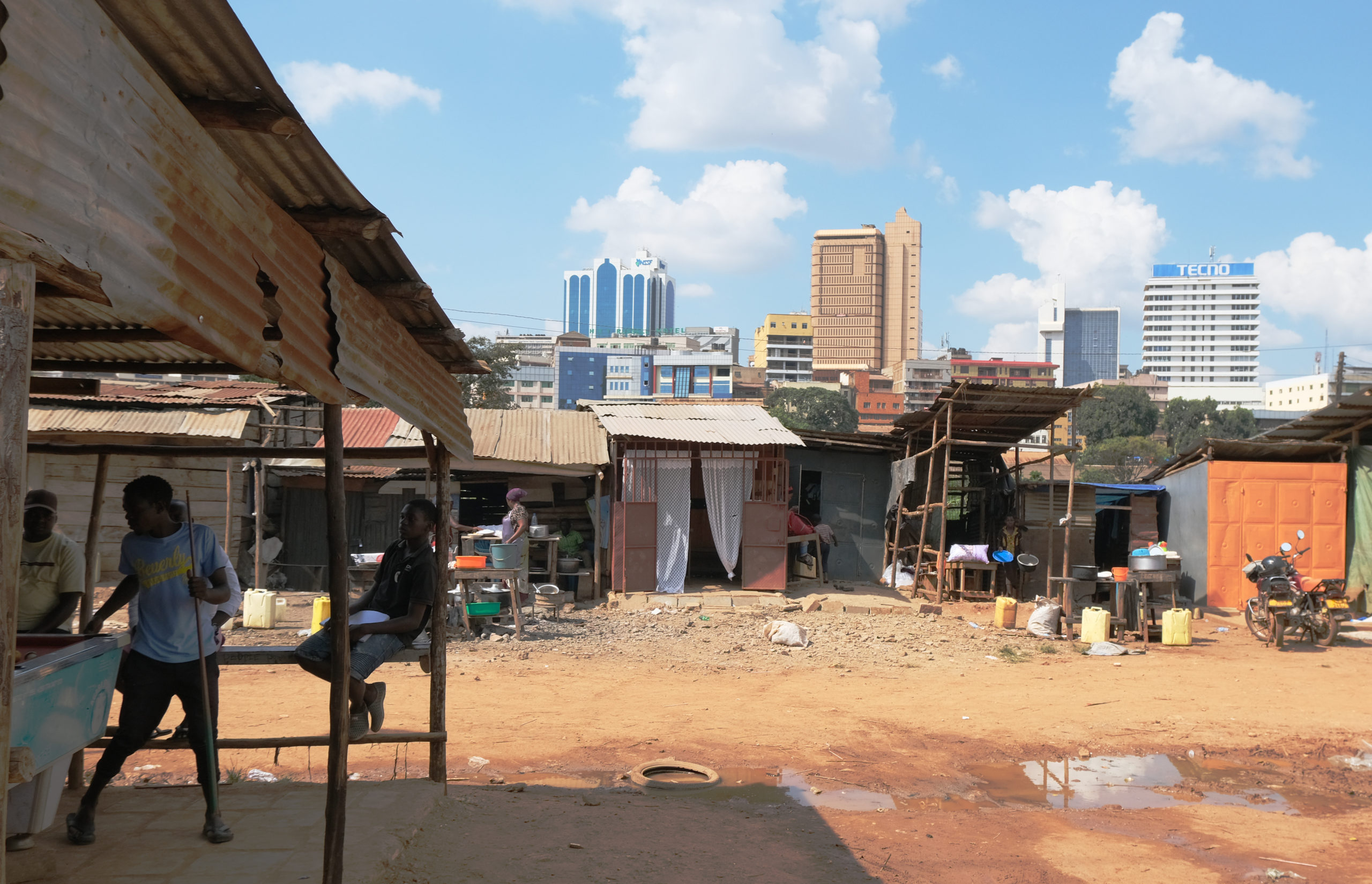Kinetic Context in Uganda – Kenchikushi 1.2020
原文で表示 (日本語)I wonder how many of our readers picture the Republic of Uganda in Africa when they hear the word Uganda”. When I first set foot in the country in 2003, I was a second year student at university and asked by my professor if there was any architecture there. When I was asked that, I didn’t know what kind of “architecture” there was, although I thought that if there were people there, there should be architecture. The information available about Uganda in Japan was limited and Africa was very far away, but I suspected the same was true for many people living in Japan at that time.
In 2003, the population of the country was about 20 million people. In the capital city of Kampala, the population has been increasing at a rate of about 4% per year in recent years, making it one of the fastest growing cities in the world. If you are in Kampala, you can feel this figure with your own eyes, and you can feel the energy that surges through the city, with people everywhere. The country’s total population is expected to exceed 100 million by 2050. In contrast with Japan, where the debate over how architecture and cities will respond to the country’s declining population and aging society is stark, is stark, and despite the lack of infrastructure, the environment in which people live is changing and thriving with the rapid pace of technological change.
The country is located inland in East Africa and has a land area the size of Honshu, Japan. It has Africa’s largest lake, Lake Victoria, in the south, and although it is directly under the equator, the suburbs of the capital are at an elevation of about 1.2 km above sea level, so although the sunshine is strong, the average temperature never exceeds 30 degrees Celsius, making it a refreshing and comfortable place for living.
The country gained independence from the United Kingdom in 1962, and after a period of civil war and other turmoil, the current president took office in 1986, and has achieved stable economic growth without major warfare, despite various challenges.
The distance from Tokyo is 11,500 kilometers. Despite the recent increase in media coverage in Japan, the country is still physically and psychologically distant from Africa. However, over the 15 years I have been involved with the country, I have come to see some similarities in the personalities and cultures between Japan and Uganda. Perhaps this is because I see the people of Uganda, who were greatly influenced by the West, continuing to change as they confronts their own culture, history and identity, It’s the same as Japan, where I was born and raised. By looking at Uganda today, a country on a vast continent, we can find hints for us to think about architecture and cities with we live in the same era, rather than see the country as a case study of “a developing country”.
Photo : Ikko Kobayashi
Source : “Kenchikushi” Jan 2020




